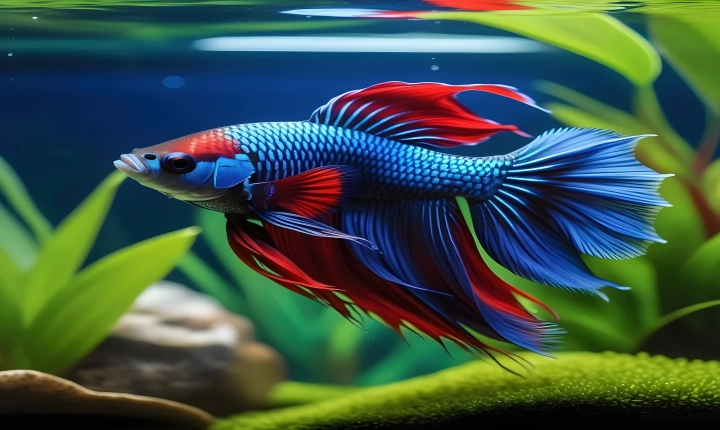Introduction
Artificial Intelligence (AI) has become an integral part of modern technology, and many businesses and researchers are exploring its potential to solve complex problems. Anaconda, a popular open-source platform for data science and machine learning, provides a powerful environment for developing AI applications using Python. In this article, we will explore how to set up an AI environment within Anaconda and build a simple AI model using Python.
Setting Up Anaconda for AI
First, you need to install Anaconda on your system if you haven’t already. Anaconda comes with a package manager called conda, which makes it easy to manage different Python environments and install necessary libraries for AI development.
To start an AI project, you can create a new conda environment specifically for AI development. You can create a new environment using the following command in the Anaconda terminal:
“`
conda create -n ai_environment python=3.8
“`
This command will create a new environment named ai_environment with Python 3.8. Once the environment is created, you can activate it using the following command:
“`
conda activate ai_environment
“`
Now that your new environment is activated, you can start installing the necessary AI libraries using conda or pip. Some of the essential libraries for AI development include TensorFlow, Keras, PyTorch, and scikit-learn. For example, to install TensorFlow, you can use the following command:
“`
conda install tensorflow
“`
Building a Simple AI Model
With the AI environment set up, let’s build a simple AI model using Python. In this example, we’ll create a basic neural network for image classification using TensorFlow and Keras.
First, import the necessary libraries:
“`python
import tensorflow as tf
from tensorflow import keras
import numpy as np
import matplotlib.pyplot as plt
“`
Next, load a dataset for training the AI model. For this example, we can use the Fashion MNIST dataset, which contains grayscale images of fashion items such as shoes, shirts, and dresses.
“`python
fashion_mnist = keras.datasets.fashion_mnist
(train_images, train_labels), (test_images, test_labels) = fashion_mnist.load_data()
“`
Preprocess the data by scaling the pixel values to a range of 0 to 1:
“`python
train_images = train_images / 255.0
test_images = test_images / 255.0
“`
Define the neural network model using Keras:
“`python
model = keras.Sequential([
keras.layers.Flatten(input_shape=(28, 28)),
keras.layers.Dense(128, activation=’relu’),
keras.layers.Dense(10, activation=’softmax’)
])
“`
Compile the model by specifying the optimizer, loss function, and metrics:
“`python
model.compile(optimizer=’adam’,
loss=’sparse_categorical_crossentropy’,
metrics=[‘accuracy’])
“`
Train the model with the training data:
“`python
model.fit(train_images, train_labels, epochs=10)
“`
Finally, evaluate the model’s performance on the test data:
“`python
test_loss, test_acc = model.evaluate(test_images, test_labels)
print(‘Test accuracy:’, test_acc)
“`
Conclusion
In this article, we have demonstrated how to set up an AI environment within Anaconda and build a simple AI model using Python. With Anaconda’s robust package management system and Python’s extensive libraries for AI and machine learning, developers and researchers can create sophisticated AI applications and solve complex problems. As AI continues to advance, Anaconda provides a powerful platform for exploring the possibilities of artificial intelligence.
